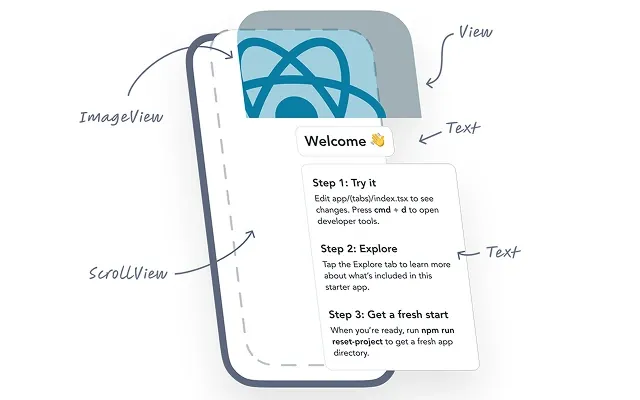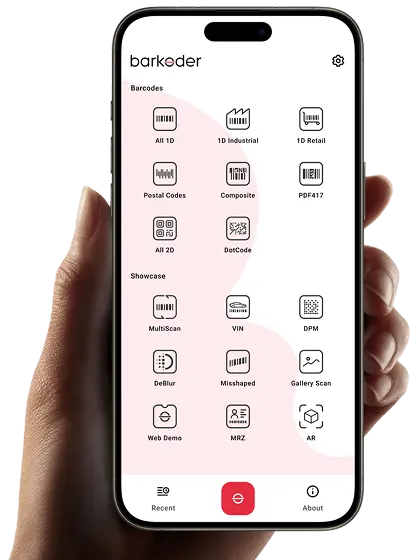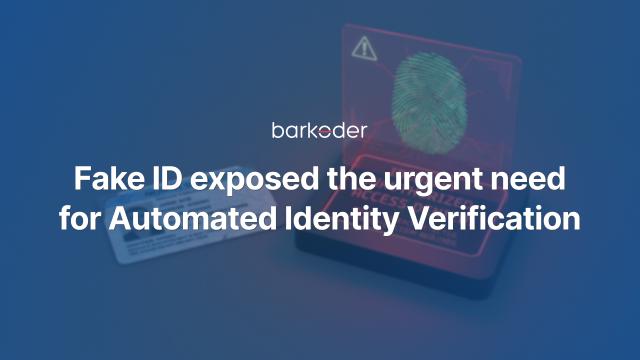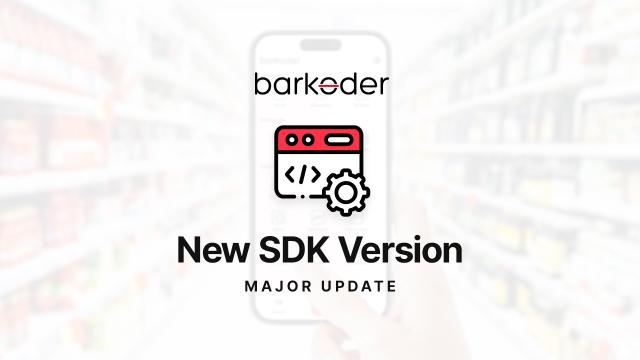React Native Barcode Scanner Plugin
Integrate barKoder’s cutting-edge barcode scanning technology into your React Native apps effortlessly. Our React Native plugin offers fast and precise scanning for all major barcode symbologies, enabling seamless and reliable data capture across iOS and Android platforms.










